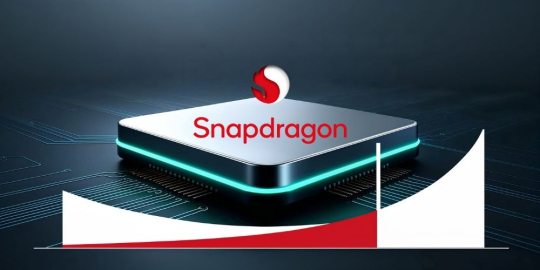
In the rapidly evolving landscape of mobile computing, Qualcomm continues to innovate and expand its offerings to cater to both high-end and budget-conscious consumers. With the latest leaks surrounding the Snapdragon X Plus "X1P-42-100" 8-Core CPU, we gain insight into Qualcomm's ambitions for mainstream and entry-level chips designed to tap into the AI PC revolution. However, benchmarks suggest that while this chip may open new doors for users seeking affordable options, it comes with compromises in performance that may give potential buyers pause. Let's delve deeper into the implications of these early benchmarks and what they reveal about this new addition to the Snapdragon lineup.
Introduction to Snapdragon X Plus
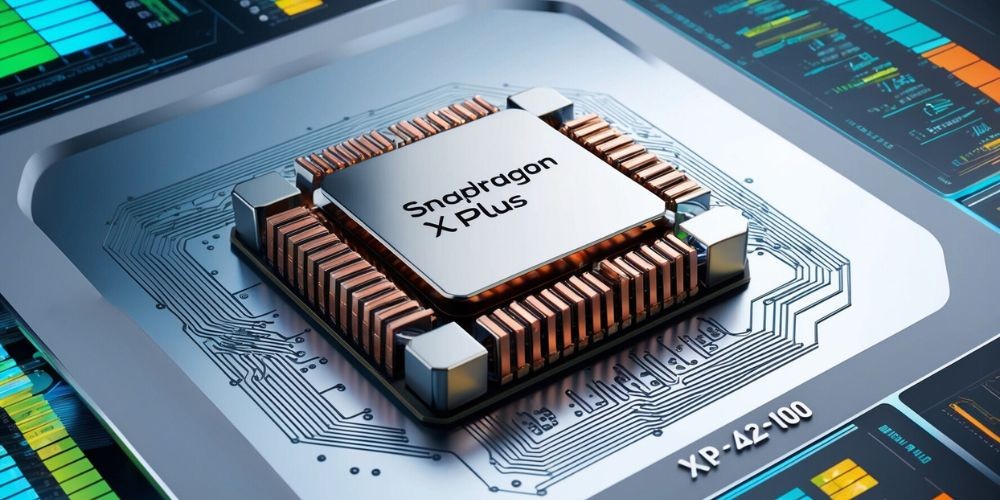
Qualcomm's Snapdragon X Plus "X1P-42-100" marks an important milestone for the company as it strives to introduce a more budget-friendly option in its lineup of processors. This 8-Core CPU aims to appeal to those who desire the features of the AI-enabled PCs but don't wish to shell out top dollar for high-end specifications. With performance benchmarks emerging prior to the official launch, it becomes critical to assess whether the chip meets the expectations set by its predecessors.
Overview of Specifications
Diving into the technical details, the Snapdragon X Plus features eight Oryon CPU cores constructed on a sophisticated 4nm process technology. These cores are organized into two distinct clusters, with one cluster clocking in at 3.24 GHz and the other slightly faster at 3.42 GHz. The performance of the CPU is characterized by a maximum single-core boost clock of 3.4 GHz and a multi-core boost clock reaching 3.2 GHz, designed to offer efficiency and performance. Additionally, this chip incorporates a substantial total cache of 30 MB, with 12 MB of L2 cache allocated to each individual cluster, enhancing data access speeds significantly.
GPU Performance Analysis
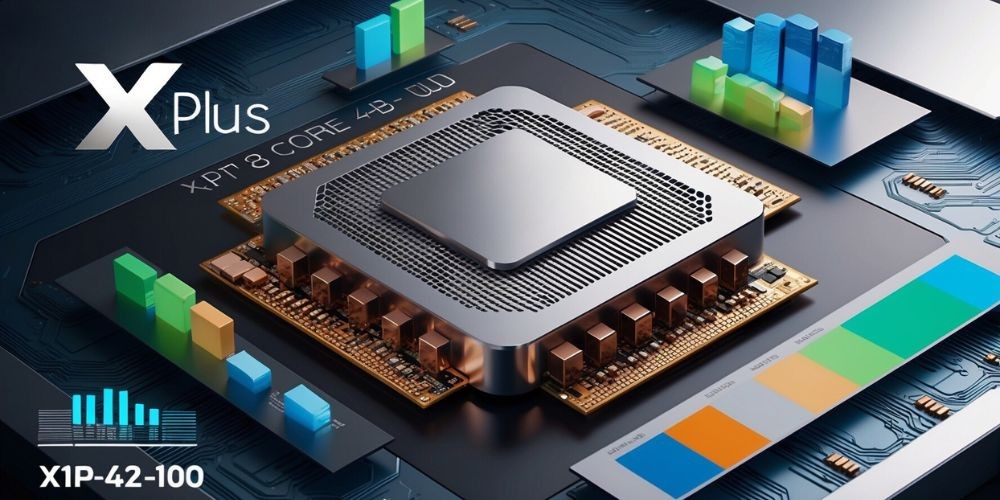
On the graphics side, the Snapdragon X Plus unit integrates the Adreno X1-45 GPU. With a modest clock speed of 280 MHz, its computational prowess stands at just 1.7 TFLOPs, which is a stark contrast to competitors that feature GPUs providing between 3.8 to 4.6 TFLOPs. Despite being equipped with LPDDR5X-8448 memory and maintaining the same NPU performance rating of 45 TOPS, Qualcomm appears to have placed greater emphasis on AI capabilities at the expense of graphics performance. This strategic choice aims to cater to demands compatible with Microsoft’s Copilot+ framework for AI applications.
Benchmarking Insights
Benchmark testing provides critical insights into the real-world capabilities of the Snapdragon X Plus. Using the latest BIOS, the results from multiple testing platforms shed light on its performance.
Cinebench 2024 Performance
In Cinebench 2024 testing, the Snapdragon X Plus registered a score of 102 points in single-core performance and 649 points in multi-core performance. This reflects a 5% decrease in single-core efficiency compared to the 10-core Snapdragon X Plus model featured in the Microsoft Surface, which attained 107 points for single-core and a robust 809 points in multi-thread scenarios. The data suggest a more significant drop in multi-core performance at approximately 20%, which raises concerns among users seeking dependable processing power for multitasking and resource-intensive applications.
Rendering and Computation Tests

When subjected to rendering tasks in Blender, the Snapdragon X Plus exhibited a time of 2 minutes, 3 seconds, and 48 milliseconds for the standard rendering test. This level of performance provides a further perspective on its standing amongst competitors in the market.
Geekbench 6 Results
Moreover, in Geekbench 6, the benchmarks yielded scores of 2422 for single-core performance and 11,386 for multi-threaded performance, which illustrates its efficiency but still indicates room for improvement compared to other chips available.
Graphics Benchmark Performance
Turning our attention to graphics, benchmarks from 3DMark reveal notably low performance levels for the Adreno X1-45 GPU embedded within the Snapdragon X Plus.
3DMark Time Spy Results
In the 3DMark Time Spy benchmark, the Snapdragon X Plus garnered a total score of 1025 points, merely 916 of which were attributed to graphics performance, while the CPU generated a score of 3181. For context, the X Elite model achieved around 1900 points in the same benchmark, indicating a clear performance gap. The overall performance of the Snapdragon X Plus averaged around 1500 points, significantly lower than its competitors.
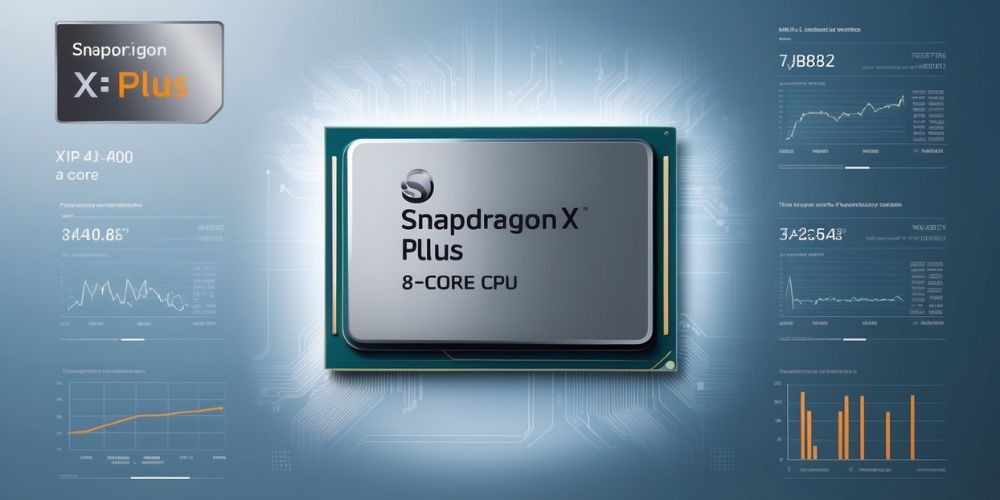
3DMark Steel Nomad Performance
In 3DMark Steel Nomad testing, the GPU scored 1159, reflecting an average frame rate of just 8.6 FPS. This is approximately 40-50% lower than the scores achieved by the X Elite and other similar Snapdragon offerings, highlighting the deficiencies in graphical capabilities.
Gaming Performance Testing
Evaluating gaming performance provides users with practical insights on how the Snapdragon X Plus holds up in real-world applications. Taking "Shadow of The Tomb Raider" as a benchmark, the GPU registered an average of 18 FPS at low settings in 1080p resolution. When the settings were adjusted to high, performance suffered even further, resulting in an average frame rate of just 12 FPS. For comparison, the X Elite delivered approximately 33 FPS, underscoring significant performance discrepancies.
Market Position and Future Considerations
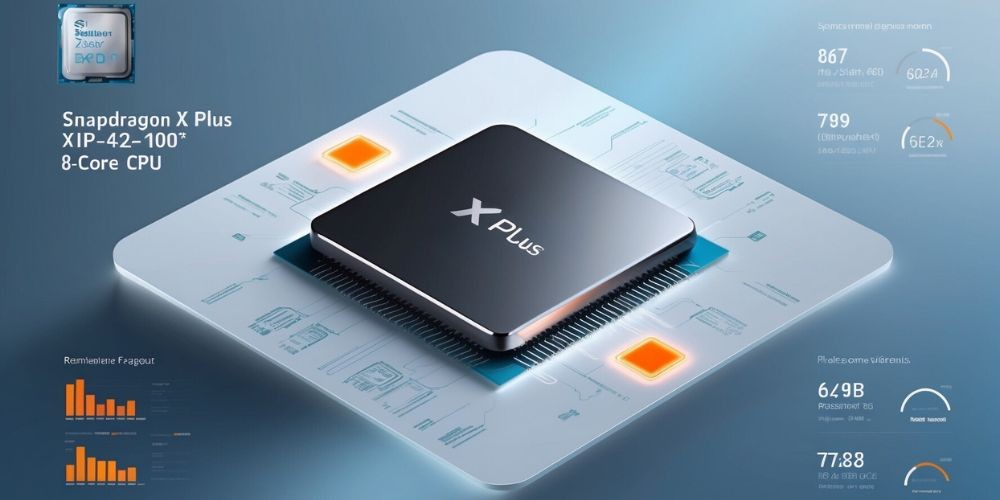
Given the performance characteristics and pricing strategy of the Snapdragon X Plus, which starts around $700, this chip targets entry-level laptops designed for users who prioritize budget over high-end performance. However, the combination of below-par GPU metrics and general performance raises questions about its potential longevity in the market, especially with competitors like Lunar Lake and Krackan Point CPUs emerging soon.
The Snapdragon X Plus “X1P-42-100” offers a glimpse into Qualcomm's vision for budget-conscious AI-enabled computing, but with significant performance compromises, it remains to be seen if it can occupy a competitive space amongst the upcoming rivals. As these new chips hit the shelves, only time will tell if users will embrace this new addition or seek alternatives with a more favorable balance between price and performance.